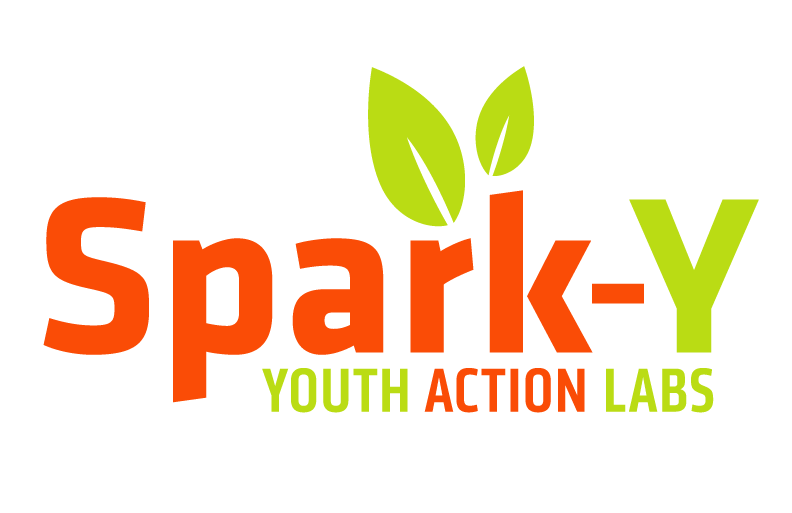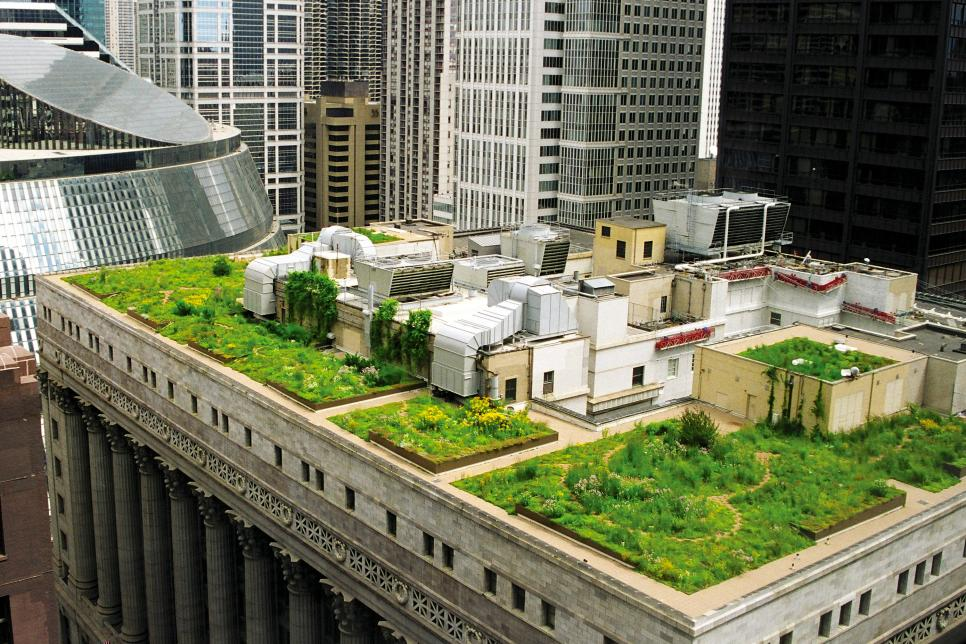Their mission “to lead, and to foster stewardship of the watershed with actions that promote civic ownership and responsibility and through measures that achieve diverse and functional ecosystems” will help us reach our goals of empowering youth to learn about sustainability.
How can we not be excited?
The MWMO reached out to Spark-Y to improve their green infrastructure at their headquarters in Northeast Minneapolis (just a hop, skip, and a jump from our own HQ). The MWMO already practices many water-saving strategies on their property, including rainwater storage, permeable pavers, rain gardens, and earthworks. We are excited to extend their efforts to the roof!
Green roofs provide many ecological services if executed properly. They help to slow the flow of stormwater, which reduces erosion and pollution runoff, and lengthens the life of management systems. Additionally, green roofs reduce the energy needed to heat or cool a building by providing shade, thermal mass, and insulation. Our green roof in particular will provide habitat for native species of both flora and fauna, which is at a premium in urban environments.










